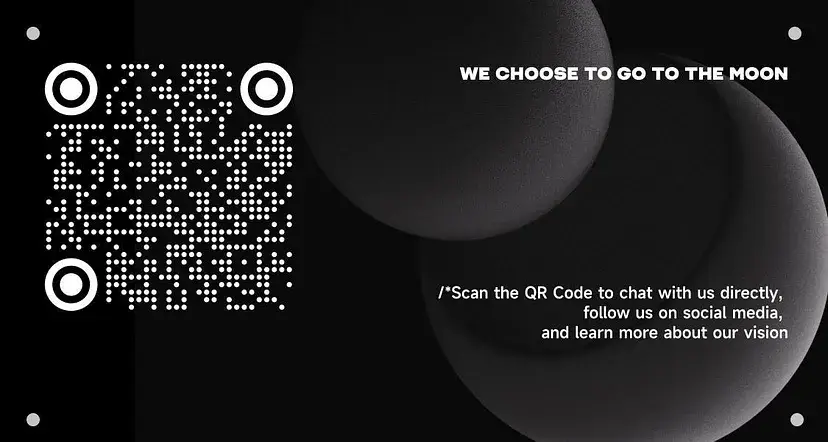Moonshot Mafia #17 | Zion: From “Enrollment” to “Graduation” at MiraclePlus (FKA YC China)

Zion was founded in March 2020. It is a No-Code IDE for building cloud-native applications across platforms. It makes building applications more accessible, approachable, and enjoyable. Zion joined MiraclePlus accelerator in 2021, followed by a series-A investment from Sequoia Capital China. After that, Zion also joined and graduated from Microsoft and Tencent accelerators in late 2021.
They are committed to building a full-scenario no-code cloud development environment to help users complete the visual design of web pages, business logic, and data models. As a result, we can significantly reduce the technical threshold for participating in cross-platform application development. After the design is completed, complete automation can be achieved from design to delivery through code generation, application deployment, and release for live operation.
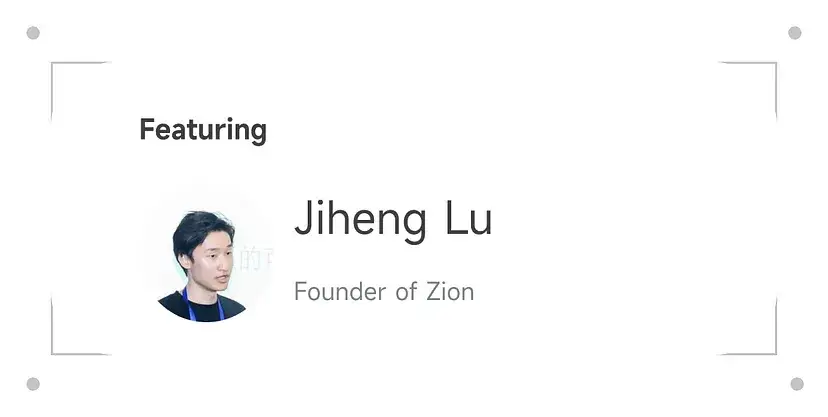
At Moonshot Commons’ Web3 Fireside Chat #17, we invited Jiheng Lu, founder of Zion, to share some stories on how he started his business in the first place with some insights into entrepreneurship.

As an outstanding alumnus of MiraclePlus, can you share what you have gained there?
There are two main takeaways from my time at YC:
At MiraclePlus, Dr. Lu and his partners emphasize two things during office hours, a time dedicated to communicating with entrepreneurs: First, no matter what kind of product, you need to get the MVP out to the market as soon as possible. If it is a long-term R&D project, such as biological gene editing, you can find a reachable short-term checkpoint throughout the long-term development process to get feedback in the market as soon as possible. It is in MiraclePlus’ values to “make something people want.” Only after pushing a product to the market can you know if it is what users want, and then you can further iterate it.
These two concepts, which MiraclePlus Accelerator has always emphasized, have allowed me to get faster feedback iterations early on and have relatively long-term plans.
The second takeaway is about the community that MiraclePlus offers.
They want to build a positive community where you can learn about entrepreneurship and prepare for your future startup projects. MiraclePlus also has an online forum like YC’s Hacker News to share information on tech startups. We have also worked with MiraclePlus to build this platform, which is now in internal testing.
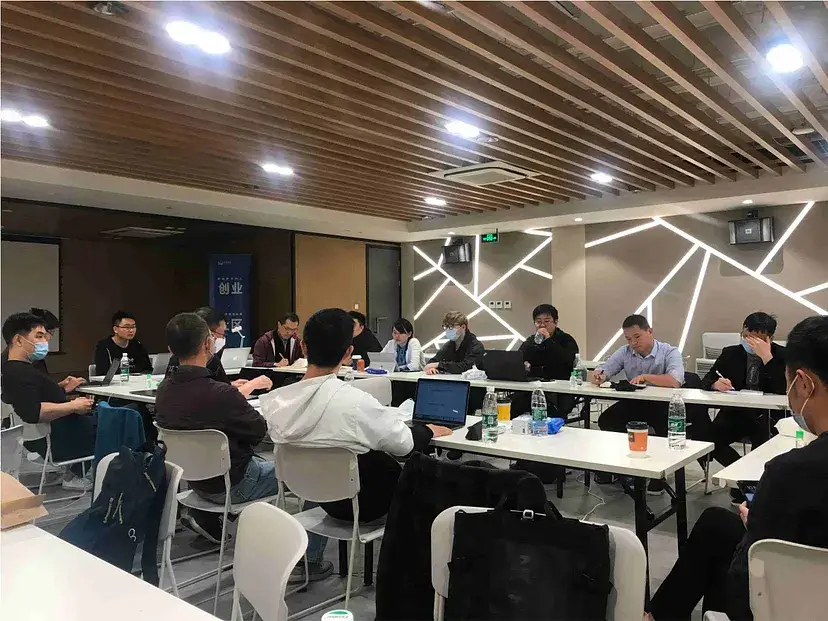
MiraclePlus Team. Source: MiraclePlus.
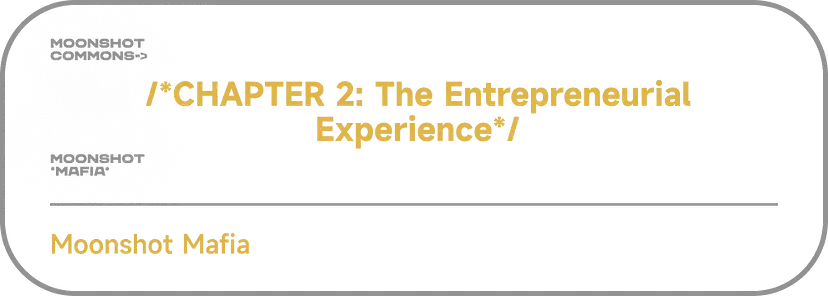
“Make something people want.”
When did you first think about starting your own business? Can you share how you prepared for the pressure of entrepreneurship?
When I was an undergraduate, I had a strong interest in entrepreneurship. So the choices I made for graduate school, career, and work location were all preparations for entrepreneurship.
You can never be ready for entrepreneurship. The only way to be ready is to start acting. Only when you start will you know if the idea is worthwhile. Each time you fail, you are also preparing for the next time. So when you have a lot of ideas, pick the one that excites you the most and execute it. There’s a good chance it will fail, but that’s not important because the journey and learning experience is more valuable to you.
Elon Musk said that he had a friend who made the analogy that starting a business is the equivalent of staring at the abyss through the glass. The YC analogy for it is like jumping off a cliff, falling while you’re building a plane, and flying yourself out. You will never know the challenges and pressures you will face unless you go through this process.
And the best way to face these challenges is to persevere. Whether you can succeed in the entrepreneurship journey depends a lot on your innate willpower. Your ability to persevere depends on how much you are willing to sacrifice for the project. The vast majority are willing to give up very little. If entrepreneurship is not your top priority, you will not sacrifice other aspects of your life for it.
I feel that my partners and I are enjoying this state, mainly for these two reasons:
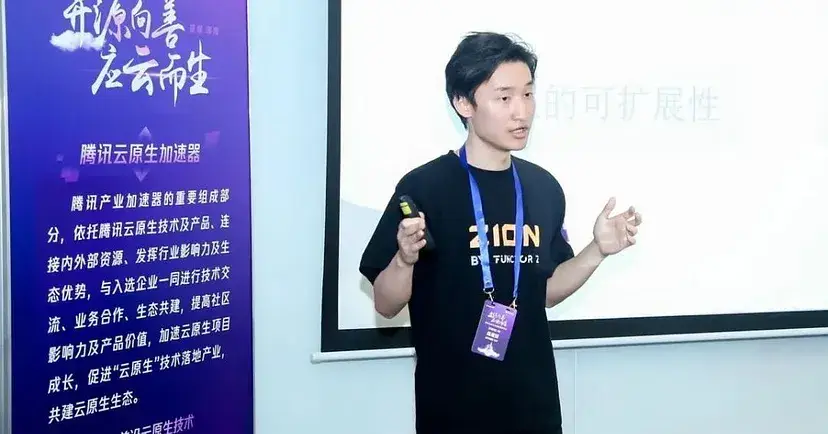
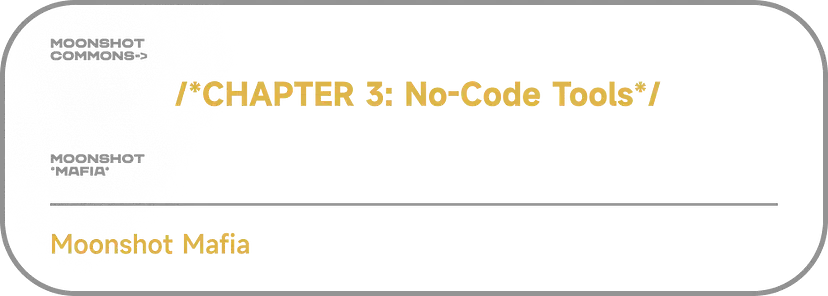
“Have the right expectation of entrepreneurship, from quantitative changes to qualitative changes.”
Why did you choose no-code tools as your startup project?
The starting point of this project was actually to solve my own needs.
My partner and I met in 2015 when we were working in Silicon Valley and on some startup projects on the side. We are both back-end engineers, but for an early-stage startup, your MVP's challenges are usually on the front end. You need to think about how to present the application to the user community. For the back end, the challenge becomes greater after the application volume increases.
When we were an early startup, we had to develop a lot of web pages and applications. We would learn some front-end architecture, such as the integration of React and applications. In the process, we found that a lot of manpower was spent on repetitive and tedious things, such as translating PRDs (product requirements documents) and designing drafts into machine-understandable, runnable code. These are not technically demanding processes. Creating a more effective tool for automating the entire end-to-end application development, production, and deployment process was possible.
This tool existed around 2000, similar to early Dreamweaver and front-page web development tools. Then the technology changed, and all applications had front-end and back-end separated architecture, so these tools became outdated. Under this new model, there are a lot of opportunities for new tools.
Early-stage entrepreneurs, in particular, need such tools to develop market-oriented MVPs faster. As mentioned earlier, at MiraclePlus as well as in Silicon Valley, there is a Lean Startup philosophy that in order to “Make something people want”; faster iteration is a prerequisite. When I worked in the front end at early startups, I found that entrepreneurs put a lot of effort into alternative processes. I very much hope to provide a tool to help early entrepreneurs launch products quickly.
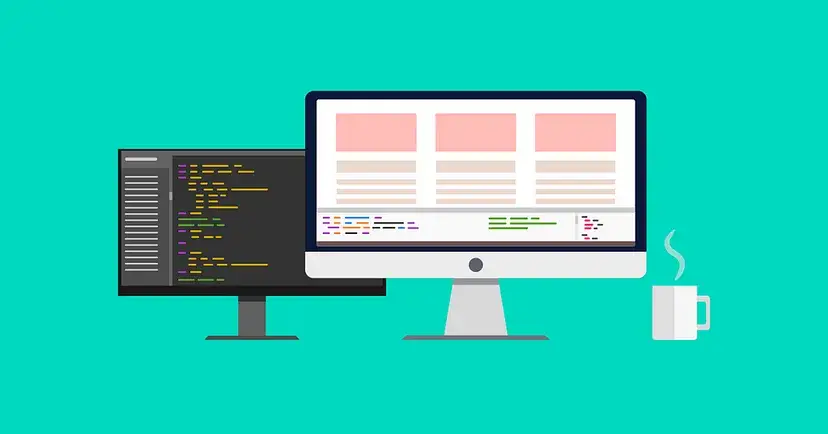
What are the challenges for no-code tools in the present environment? Where is its technical bottleneck?
First of all, there are several major types of no-code tools.
The first type is a tabular product like Airtable. The challenge is more about moving the Excel model to the cloud and allowing collaboration, which is relatively more about the adjustment of the product.
The second type is the BPM (Business Process Modeling) engine, which provides a lot of tools to enterprises for internal use. They will give premade modules and a process engine so that enterprises can have their own automated arrangements. It’s like a pre-built SaaS tool but with a visual drag-and-drop approach for more flexible arrangements. Its challenge is mainly the encapsulation of business logic.
We, Zion, are in the third category. It is a tool with a new software infrastructure. The challenges we face are actually more in software engineering.
We do three things:
What we create is a development environment, a programming language, and an automated process. The challenges we face are mainly in these three areas.
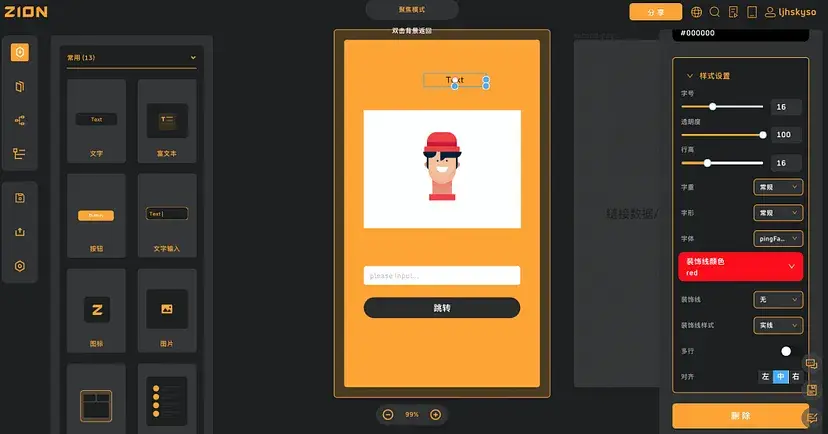
Codeless is also significant in this information age, providing the ability to create for people with no code experience. What do you think about the ultimate vision for the development of the no-code tool industry?
We aim to increase the percentage of the global population with software development skills from 0.33% to 8%, allowing 25 times more people than before to do development. We believe in the saying, “Software is eating the world.” The software will eventually change the whole world's architecture from the inside out, and codeless tools are indispensable.
The ultimate form of no code is built from a change in forms of interaction. In the 1980s and 1990s, computer operating systems evolved from command-line Linux to GUIs (graphical user interfaces) to MacOS and Windows, directly allowing more people to use computers that were only available to a small group of professionals.
The same process will emerge in software development. Now software development is really like doing a fill-in-the-blank puzzle: you have so much freedom that there could be all kinds of mistakes. Early-stage entrepreneurs don’t really need that much flexibility.
Zion wants to turn the fill-in-the-blank software development into a multiple-choice problem, significantly reducing the user’s effort. Once the learning cost is reduced, more people can get involved. This is our ultimate vision of visual programming or codeless interaction.
Although most of the paying users are large companies now, we want our products to be used by individuals. Eventually, it will become a necessary tool in life, like Microsoft Office, and get integrated into the daily workflow.


“No-Code tools turn fill-in-the-blank questions into multiple-choice questions in software development.”
How do you find the right partner for your company? How do you communicate with partners and manage the team?
My partner and I met in the Bay Area. I had just arrived in the Bay Area and was staying with one of my seniors. My partner and my senior were working on a part-time project together. One weekend, I heard them debating some product features downstairs and thought it interesting. A very important purpose of my trip to the Bay Area at that time was to be exposed to some entrepreneurial opportunities. I went downstairs to talk to them, joined their team, and got to know my co-creator. Although that project didn’t work out, it turned out that my partner and I were quite compatible, so we continued to work on new projects after that.
In terms of working, we are both the type of people who can separate subjective emotions and rational judgment relatively well. We often had heated debates, but we talked about subject matters without bringing in strong personal emotions. So if there is a disagreement at the strategic level, we will speak up. This is also part of our company culture, called “Brutal Honesty.” We believe that when a person is rational and smart enough, the vast majority of their disagreements with others are due to having different perspectives. In the end, the best decisions are relatively clear when you have enough information in sync.
There is a book called Lightning Expansion by Ray Hoffman, the founder of Linkedin. In it, he mentions that there are five stages of a company according to the number of employees, from family to tribe, to village, to city, and then to country. The management is different at each stage.
At our current stage, our team is still relatively small, with 30~50 people, in the tribal stage, so what I can share can only go so far.
I think that we actually don’t need too much management in the early stages. Sometimes management can put unnecessary pressure on the team. Before the Pre-A round, our team was only about a dozen people. At that time, our mechanism was like a Hackathon team doing a project in school, with everyone working on the project together.
Of course, when the size of the team reached 30+ people, I experienced some managerial challenges. With more people, the complexity of communication will increase geometrically. The more ideas we have, the more we need to manage these expectations and collisions of ideas. Our solution leans toward solving problems through direct peer-to-peer, bottom-up communication, expecting direct contact between each team member.
To give an example, we don’t want the partners and me to tell the team what to do with a feature. Instead, employees in the process of implementation, in the process of communication with customers, identify problems and then would put forward a feasible program of improvement on their own. This allows the company to operate spontaneously, allowing each person to self-manage their own part of the advancement, which is much less process intensive than giving orders from management.

Many times, we want to make a product that is simple and easy to use at first. Then as the customer has more complex demands and wants more powerful features, it reduces the applicability of the process. How do you balance the conflict between applicability and functionality to meet the needs of different customers?
We are actually facing this problem right now. If you can’t develop some functions the user wants with this platform, your value will be significantly reduced. The possibility of the user choosing you will be significantly reduced as well. So our choice was to focus on the completeness of functions first and then optimize the experience later.
Based on the feedback and analyses we’ve received so far, we found that users will choose against your product because your product cannot do certain things, but they won’t give you up because you don’t have an exceptional user experience.
